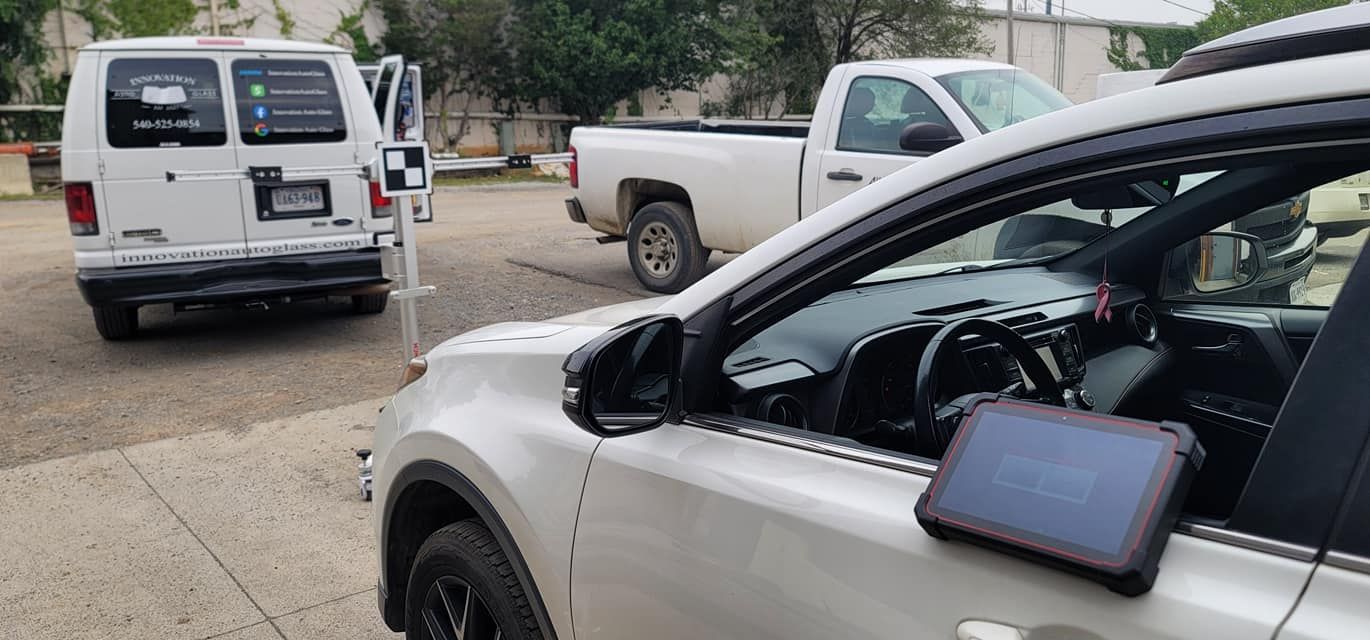What is ADAS? How Technology Keeps You Safe on the Road
How ADAS Keeps You Safe on the Road
In recent years, the automotive industry has undergone a remarkable transformation, driven by technological advancements aimed at making driving safer, more comfortable, and more efficient. One of the most significant innovations in automotive technology is Advanced Driver Assistance Systems (ADAS). But what exactly is ADAS, and how does it contribute to keeping you safe on the road? In this blog, we’ll explore this revolutionary technology and its benefits in detail.
What is ADAS?
ADAS stands for Advanced Driver Assistance Systems. It refers to several electronic systems integrated into modern vehicles that assist drivers in navigating and driving more safely. These systems use sensors, cameras, radar, and lidar to monitor the environment around the car. They can detect other vehicles, pedestrians, road signs, lane markings, and obstacles, providing crucial information and alerts to the driver—or even taking autonomous actions in certain situations.
The primary goal of ADAS is to reduce human error, which is the leading cause of road accidents worldwide. By augmenting the driver’s capabilities, ADAS helps prevent collisions, reduce the severity of accidents when they are unavoidable, and enhance overall road safety.
Key Features of ADAS
ADAS encompasses a broad range of features, each designed to address specific safety challenges. Some of the most common ADAS features include:
- Adaptive Cruise Control (ACC): Maintains a set speed and a safe distance from the vehicle ahead by automatically adjusting speed, thereby reducing driver fatigue on long journeys.
- Automatic Emergency Braking (AEB): Detects an imminent collision with a vehicle or pedestrian and automatically applies the brakes to prevent or mitigate the impact.
- Lane Departure Warning (LDW) and Lane Keeping Assist (LKA): Alerts the driver if the vehicle unintentionally drifts out of its lane and can gently steer the car back into the lane.
- Blind Spot Detection: Monitors blind spots and warns the driver of vehicles in adjacent lanes, preventing side collisions during lane changes.
- Traffic Sign Recognition: Utilizes cameras to identify and display road signs, such as speed limits, informing the driver and aiding compliance.
- Driver Monitoring Systems: Tracks driver alertness levels and warns or even intervenes if fatigue or distraction is detected.
How ADAS Keeps You Safe
- Reducing Human Error: Most traffic accidents result from human mistakes—distracted driving, speeding, fatigue, or misjudgment. ADAS systems act as an extra set of eyes and ears, compensating for these errors. For instance, automatic emergency braking can halt the vehicle before a collision occurs if the driver doesn’t react in time, effectively preventing a crash.
- Enhancing Situational Awareness: Features like blind spot detection, lane departure warnings, and traffic sign recognition keep drivers informed about their surroundings. This awareness helps drivers make safer decisions, such as avoiding sudden lane changes or adhering to speed limits.
- Assisting in Complex Driving Conditions: Adverse weather conditions like fog, rain, or snow can impair visibility and vehicle control. ADAS features such as adaptive cruise control and electronic stability control maintain safe driving conditions, reducing the risk of accidents even in challenging circumstances.
- Encouraging Safer Driving Habits: Many ADAS features promote safer driving practices by providing real-time feedback. For example, lane keeping assist gently steers the vehicle back into its lane if it begins to drift, reinforcing attentive driving.
Collective Impact on Road Safety
When widely adopted, ADAS technologies can significantly reduce accident rates and fatalities. They not only protect occupants but also pedestrians, cyclists, and other road users by preventing collisions before they happen.
The Future of ADAS
The evolution of ADAS is closely linked to the development of autonomous vehicles. Fully autonomous cars rely heavily on these systems to operate safely without human input. As technology progresses, we can expect ADAS features to become more sophisticated, integrating artificial intelligence and improving in accuracy and reliability.
In the near future, many vehicles may be equipped with comprehensive ADAS suites capable of handling most driving tasks, allowing drivers to enjoy a safer, more relaxed driving experience.
ADAS is a Major Leap Forward in Vehicle Safety Technology
By leveraging sensors and intelligent algorithms, these systems significantly reduce the possibility of accidents caused by human error. Whether it’s maintaining a safe following distance, alerting you to a drift out of your lane, or even applying brakes automatically, ADAS features are designing a safer future for everyone on the road.
As consumers and drivers, understanding and utilizing these technologies can enhance your safety and peace of mind. Embracing ADAS not only helps protect you but also contributes to safer roads for all.
Does Your ADAS Need Calibration in Salem, VA?
If your vehicle has ADAS systems that require calibration in Roanoke, Salem, or Blacksburg, VA, or if you have windshield damage affecting your safety features, contact us at Innovation Auto Glass. Our certified technicians will get your vehicle back on the road ASAP, and your ADAS will run smoothly.












